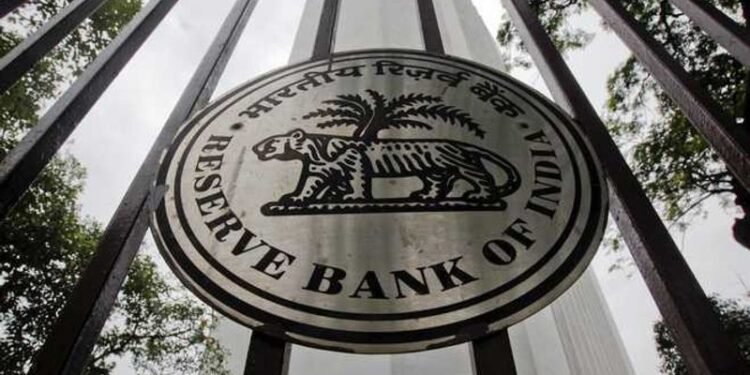To ease potential liquidity stress, Das said it had been decided to reduce the CRR of all banks to 4 per cent from 4.5 per cent. CRR is the minimum amount commercial banks have to hold as a reserve with the central bank. According to experts, the lowering of CRR is an encouraging move as it would help inject significant liquidity into the banking system, enhance banks’ lending capacity and improve credit accessibility for individuals.
The RBI has also decided to increase the limit for collateral-free agriculture loans from Rs 1.6 lakh to Rs 2 lakh per borrower.
This will further enhance credit availability for small and marginal farmers. The limit for collateral-free agriculture loans was last revised in 2019.
To prevent and mitigate digital frauds, MuleHunter.AI, an innovative AI/ML-based model, has been developed by the Reserve Bank Innovation Hub (RBIH), Bengaluru. This will help banks deal with the issue of mule bank accounts, and reduce digital frauds.
Furthermore, as part of RBI’s consultative approach in framing regulations, a ‘Connect 2 Regulate’ programme will be launched under the ongoing RBI@90 commemorative event+.
A dedicated section of the RBI website will be made available for stakeholders to share ideas and inputs on specific topics.

















